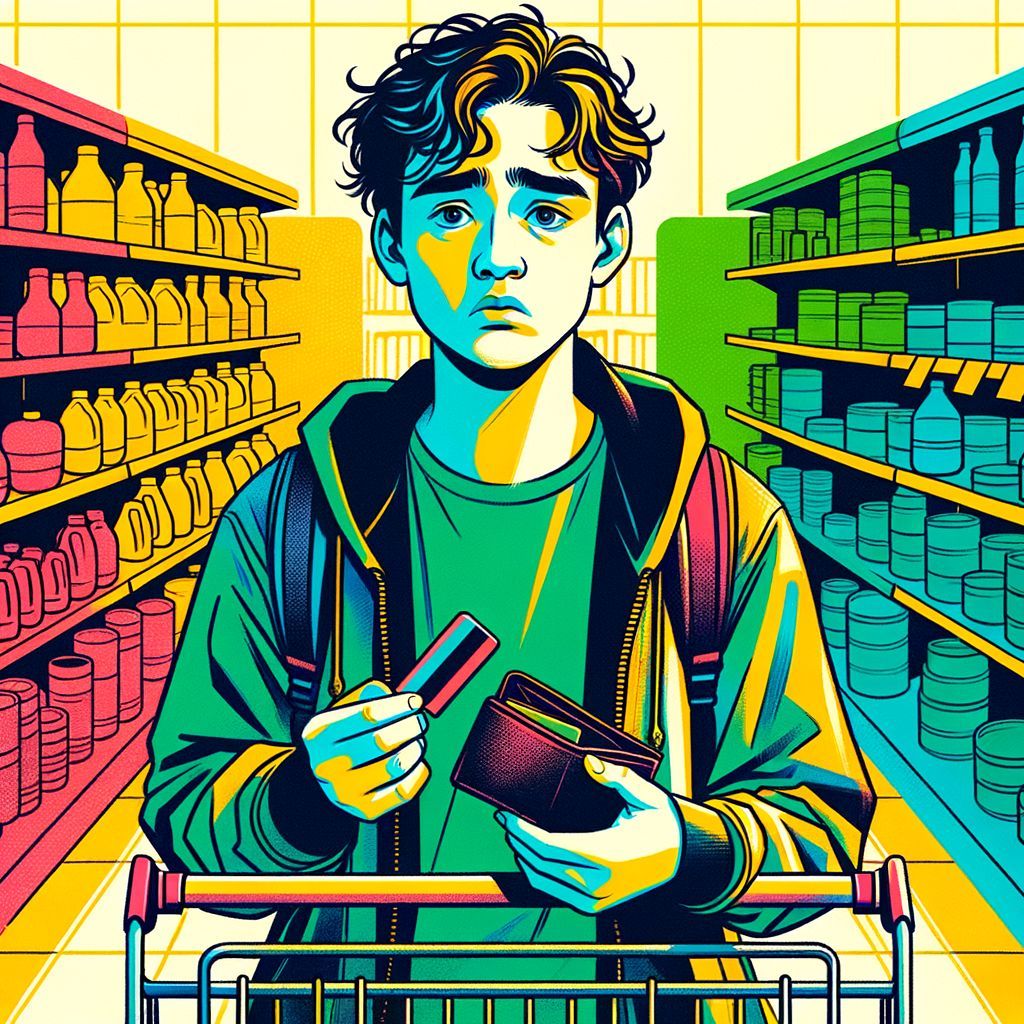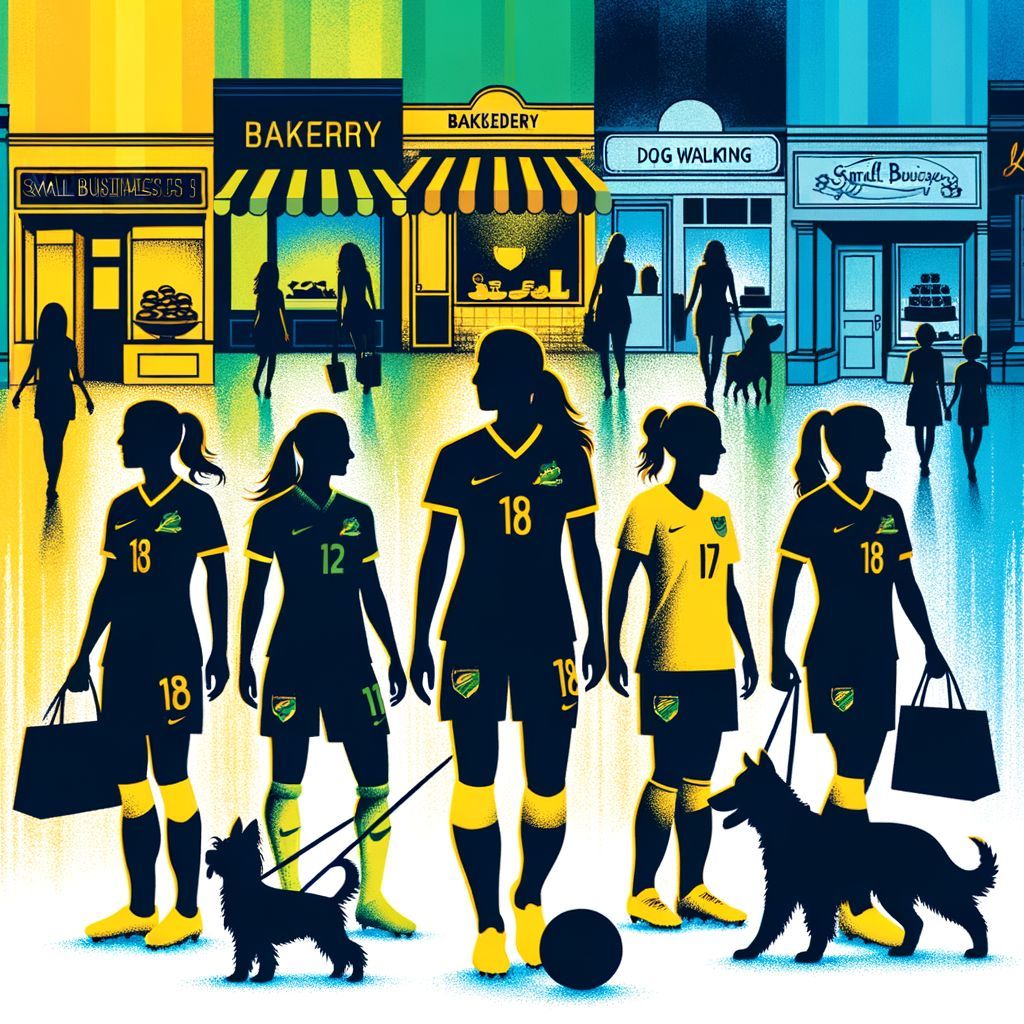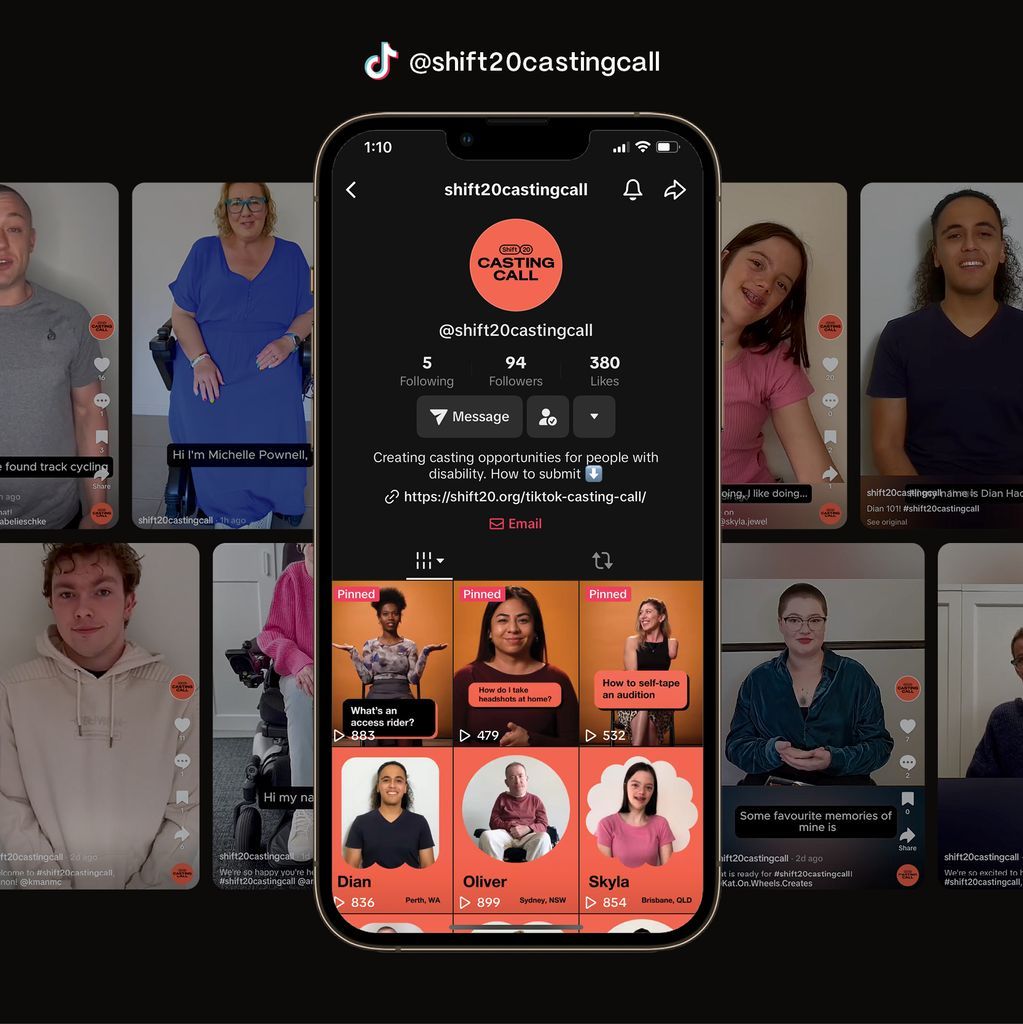

Image by DALL·E Pic: Midjourney
Editors' Note: Many Fast News images are stylised illustrations generated by Dall-E. Photorealism is not intended. View as early and evolving AI art!

Costs rise, spending dips,
Young Aussies feel the squeeze,
Queensland holds its grip.

Australians in their mid-to-late twenties feel the brunt of cost-of-living crisis: Commbank
The spending gap between younger and older Australians is widening, with Australians in their mid-to-late twenties most impacted by cost-of-living pressures according to the latest CommBank iQ Cost of Living Insights Report.
The report, which is a joint venture between Commonwealth Bank of Australia and Quantium, is derived from de-identified payments data from approximately 7 million CBA customers.
According to the data, those aged 25-29 reducing their spending by 3.5 per cent compared to last year, and are the only one to cut back on both essential and discretionary expenses. When considering inflation, their consumption has shrunk more than 7 per cent compared to May 2023.
While most Australians have reallocated their budgets to cover the increased costs of essential items, like insurance, medical and supermarkets spending, consumers aged 25-29 decreased spending on both essentials (-3.1 per cent) and discretionary (-3.8 per cent) items.
“Compared to the national experience, where most people have had to increase spending on essentials, we are seeing the opposite trend amongst those in their twenties, with essential spending falling at a similar rate as discretionary,” said CommBank iQ Head of Innovation and Analytics, Wade Tubman.
“These cuts include a 10 per cent drop in health insurance, a 7 per cent drop in utilities and a 4 per cent decrease in spending at the supermarket. This highlights the difficult choices people in this age bracket are making, with some having to make larger lifestyle changes like foregoing their health insurance altogether. The decrease in utilities spending could also suggest young Aussies are moving back in with parents or into shared accommodation to split costs," he said.
Nationally, spending increased by 2.5 per cent, with essentials increasing by 3.6 per cent. Consumers spent an average of $1,472 per month on essentials, led by increased spend on insurance (+8 per cent), utilities (+6 per cent), pharmacies (+6 per cent) and supermarkets (+5 per cent).
“Many Australians are having to allocate more of their wallet to essential living expenses, rather than other areas where they may prefer to direct their spending. The cost-of-living initiatives announced in the Federal Budget, for example the energy bill rebate, reflect the increased spending by Australians on essential items like energy,” Tubman said.
Discretionary spending increased by just 1.4 per cent, led by continued growth in spending by those Australians over 60 on activities like travel (+11 per cent), general retail (+9 per cent) and eating out (+7 per cent).
Regional Australia continues to hold up better than their city counterparts with a 3 per cent annual uplift in spending, compared to 2.3 per cent in metro areas. Consumers in regional areas more than doubled their discretionary spending compared to those living in metro areas (2.4 per cent versus 1 per cent).
“While spending in regional areas continues to outpace that of metro areas, this gap has narrowed when compared to previous quarters. This raises the question whether people in metro locations have downsized their wallets to adjust to higher prices, and what spending growth remains is now ‘the new normal’,” Tubman said.
On a state-by-state basis, spending in Queensland was most resilient (+3.3 per cent) closely followed by the Australian Capital Territory at 3.1 per cent and South Australia at 2.9 per cent.
Partner Content from Salesforce
A Guide to Personalised Marketing That Keeps Customers Engaged
Customer Service Makes a Strategic Shift for ANZ Organisations










